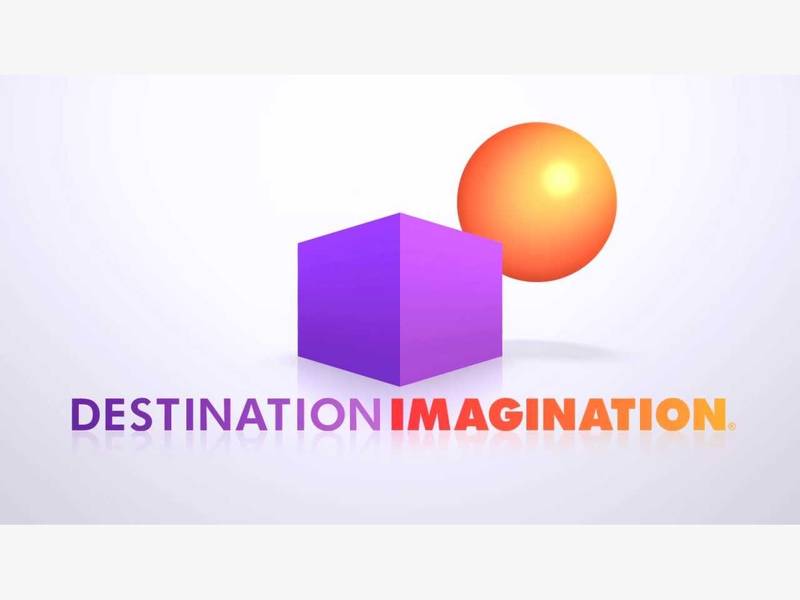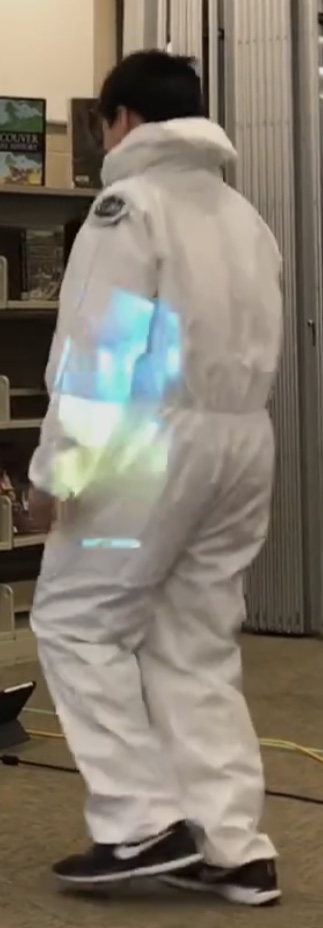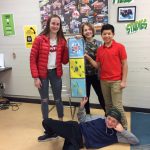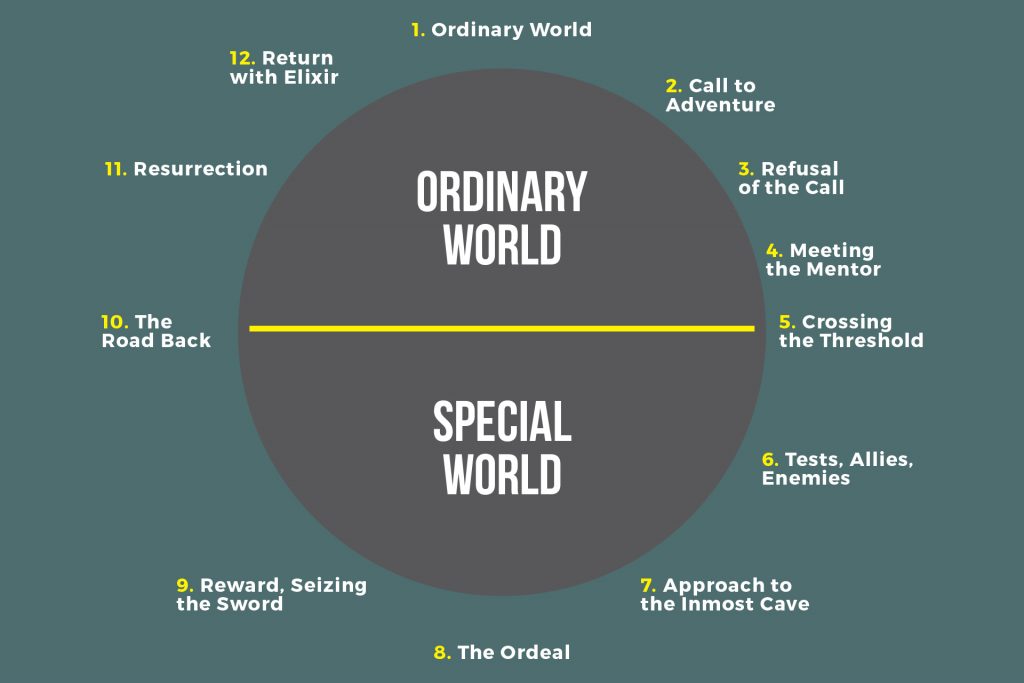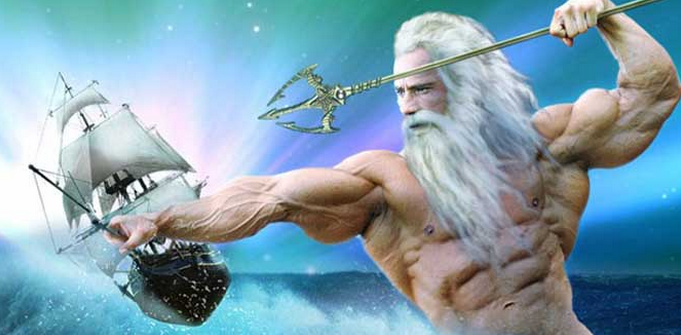Hello again. Lately we’ve been pounded with blog post assignments. This past unit in Humanities we’ve been learning about the Age of Exploration, so about all the European explorers coming to America.
The real discoverers?
Now when we think of the American explorers, we think of European explorers like Christopher Columbus or John Cabot. But the truth is that First Nations have been living in America (the continent) for tens of thousands of years in a very similar way throughout time.
We went through several guided notes including one about Beringia, a theory of how the First Nations got to America s at such an early time, before boats were invented. I personally think that First Nations were the first ones in America (continent) but since the European colonizers managed to kill most of the First Nations, they got to decide how they would want history written down.

The comic books:
Since part of our main project was to create a comic book, we had to study some comic books. We studied four types: Tintin, New Age, Superheroes, and Anti-hero. In the groups we had, we would read one type each week and at the end of the week we had a group discussion. At the same time we also filled out a comic comparison chart noting down things we saw under different columns.

My personal favourite was Tintin, it’s bright and vibrant colours are more appealing to me. Also it’s panels are more organized and similar. The other comics had lots of action but they were really dark in humour and in colour. 
Tintin has always been one of my favourite comics except for Astérix and Obélix.
The Big Project:
Our main project of the Unit was to make a comic book and a presentation about an explorer form the time and a fictional character we created that was supposed to accompany the famous explorer to his quest and come back.
My explorer:
My group got Spain for explorers we could pick. I decided on Hernán Cortés. We then had to do some research on our explorer.

He was one of the most famous conquistadors ever, he conquered Mexico. He did it in 2 years. From 1519-1521. He was able to wipe out the whole Aztec civilization in 2 years. When he first arrived with his men, the Aztecs wouldn’t let him into their capital. Eventually they mistook him for a returning god and started giving him luxurious gifts and letting him stay at the palace. He would also give their leader Moctezuma gifts but he got paranoid and captured Moctezuma and put him in house arrest.

He had other problems like they guy who initially asked him to go on the conquest, had decided for him not to go and he still did. This guy’s name was Velazquez, the Governor of New Spain. Velasquez was angry about the betrayal and decided to send troops to apprehend Cortes. Cortes was forced to go the coast to defend himself. He left his second-in-command in the Aztec capital with some troops. Many Aztecs had already died of diseases Cortes and his men had brought. But one day, an Aztec festival was taking place and the Spanish men ambushed the unarmed Aztecs and massacred them, few escaped and the ones that did had a high chance of dying of a disease. In the chaos Moctezuma was killed and the Empire fell into the hands of the Spanish.

The Comic:
I decided to name my fictional character Carlos Torres. He was Cortés’ servant in my story. The point of the comic was to pretend like we were that fictional character and on our return of the expedition make a comic book of what happened requested by the royal family.
My comic starts off with Cortés having nightmares of his expedition. My characcter comes in to Cortés’ room when he hears him screaming and then it goes into a flashback of what happened in Mexico. Then at the end, it goes back to Cortés’ room and my character tries to calm him down.
The Presentation:

After the comic book request of the royal family, my character is looking for financial backing for an expedition of his own. What better time to do it then when at the royal court in front of the King and Queen of Spain. The presentation had to include a few reasons on why the royal family should sponsor the trip, the success and fame it could bring to them, things my character would do differently than my explorer Cortés, where my character was planning to explore, and what finally what he needed for the expedition.
Below is a video of my presentation.
https://youtu.be/Fhb0kdPJD1A
If you saw the video, you can tell that I was extremely nervous (you’re probably laughing at me). I’m not too sure why because I’m usually good with that type of thing but I kind of broke down.
I learned about Mexico’s history and Hernán Cortés. Throughout the unit we learned about possible ways the First Nations got to North America and about different types of boats different places used. In the middle of the unit we learned about the Middle Passage otherwise known as the slave trade. After that we learned why European countries wanted to expand their territories and their needs.
Anyways that just about wraps it up. See you in the next post.








































